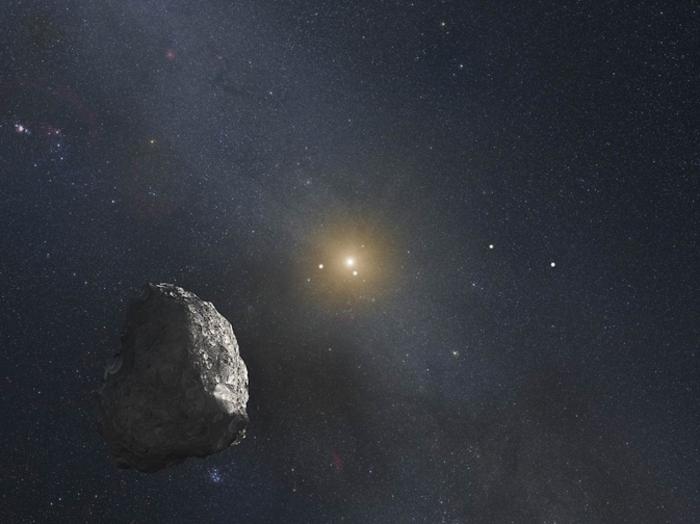In the ever-evolving realm of astrophysics, a recent revelation has sent ripples through the scientific community. The search for a ninth planet in our solar system has taken an unexpected turn, as two theoretical physicists, Harsh Mathur, and Katherine Brown, propose a fascinating alternative theory rooted in Modified Newtonian Dynamics (MOND).
MOND, in essence, challenges the conventional laws of gravity, suggesting that Isaac Newton’s renowned law holds true only up to a certain point. When gravitational acceleration reaches a specific threshold, MOND introduces a novel gravitational behavior.
The intrigue surrounding MOND stems from its remarkable success in explaining galactic-scale phenomena, leading some scientists to consider it as a substitute for the enigmatic “dark matter,” a hypothetical substance that exerts gravitational influence while remaining invisible to light.
Mathur, a professor of physics at Case Western Reserve University, explains, “MOND is really good at explaining galactic-scale observations, but I hadn’t expected that it would have noticeable effects on the outer solar system.”
Their groundbreaking work, recently published in The Astronomical Journal, delves into the celestial mysteries lurking in the outer reaches of our solar system.

CREDIT
NASA
A Pivotal Alignment
Mathur and Brown embarked on their journey into MOND’s local effects after astronomers made a significant announcement in 2016. A handful of celestial objects in the outer solar system exhibited orbital anomalies, fueling the hunt for a ninth planet.
Throughout the annals of astronomical history, such orbital peculiarities have yielded momentous discoveries. Neptune, for instance, was first spotted through its gravitational influence on neighboring objects. Similarly, the subtle precession of Mercury’s orbit lent early support to Einstein’s theory of general relativity. More recently, orbital dynamics have unveiled the presence of a supermassive black hole at the core of our Milky Way.
Brown’s realization was a game-changer. She saw the potential clash between MOND’s predictions and the observations that had triggered the quest for Planet Nine. “We wanted to see if the data supporting the Planet Nine hypothesis would effectively rule out MOND,” she noted.
To their astonishment, Mathur and Brown discovered that MOND predicted precisely the clustering of objects observed by astronomers. Over eons, they argue, the gravitational pull of our galaxy gradually aligns the orbits of select objects in the outer solar system with its own gravitational field.
As they plotted the orbits of the objects from the Planet Nine dataset against the galaxy’s gravitational field, Mathur remarked, “The alignment was striking.”
A Universe of Possibilities
While these findings are nothing short of groundbreaking, the authors offer a word of caution. The dataset used in their study is relatively small, and numerous other possibilities remain on the table. Some astronomers contend that the observed orbital peculiarities might be a product of observational bias, for instance.
Regardless of the ultimate outcome, Brown emphasizes the significance of their work, stating, “Regardless of the outcome, this work highlights the potential for the outer solar system to serve as a laboratory for testing gravity and studying fundamental problems of physics.”
- The ninth planet in our solar system had not been officially named because it had not been confirmed or discovered at that time. It was often referred to simply as “Planet Nine.”
- The existence of a ninth planet in our solar system remained a hypothetical concept, and its existence had not been confirmed by direct observation as of September 2021.
- As of September 2021, there were ongoing scientific studies and research to understand the potential existence and properties of Planet Nine, but no definitive conclusions had been reached.
- The question of whether there is a hidden ninth planet in our solar system was a subject of scientific investigation and debate. Some astronomers and researchers proposed the existence of such a planet based on gravitational anomalies and orbital data from distant objects in the solar system. However, concrete evidence for its existence had not been established as of my last update.










